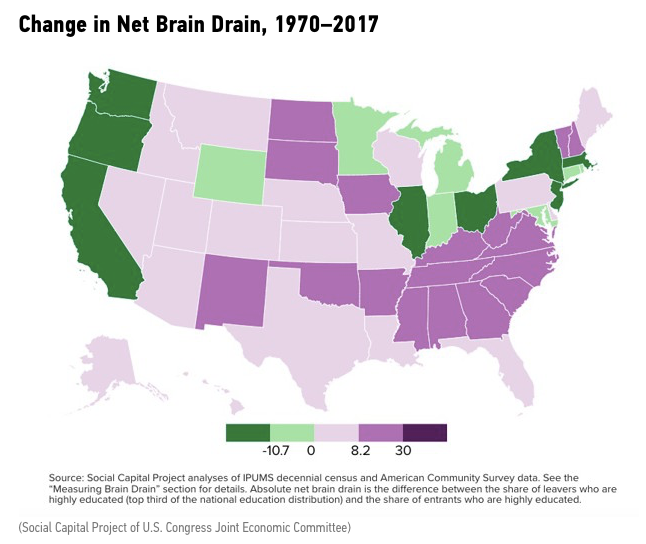From CNBC:
Many millennials say buying a home may finally be within reach
Samantha Suckno says knew she wanted to start to build a life with her soon-to-be husband in a home they owned.
So she and her fiance, Jason Ortiz, came up with a plan: move into a rental property together, pay down their bills and start saving. The couple also cut back on traveling.
“The money I was using to pay for my own rent was basically going into paying off credit card debt,” the 31-year-old said, noting that when she was on her own she “had been living paycheck to paycheck.”
Suckno and Ortiz, 37, were married in February 2018. In July, they bought their first home together in Rockaway, New Jersey.
Their decision to make the leap into homeownership may be part of a growing trend.
A new study by Chase Home Lending found 52% of millennial first-time homebuyers feel financially ready to buy a home. And 70% said they are willing to cut back on extra-curricular activities, like shopping, movie-going and a spa visit, once a month to make it happen. The bank surveyed 1,000 first-time U.S. homebuyers, ages 22 to 38, in March.
…
They also have things like student loan debt and delayed marriage to thank for the late start. Additionally, older millennials graduated during the last recession and witnessed the housing crisis.
“They went through a process where renting seemed like a better idea and a safer outcome,” said Sean Grzebin, head of consumer originations at Chase Home Lending.
Then there is the desire they have for a more balanced life that includes spending money on traveling and going out to dinner, he added.
However, now “they are starting to realize the importance of homeownership and the necessity to have some balance in terms of sacrificing those things,” Grzebin said.
In fact, Suckno said she was among the last of her friends, fellow millennials, to buy a home.

